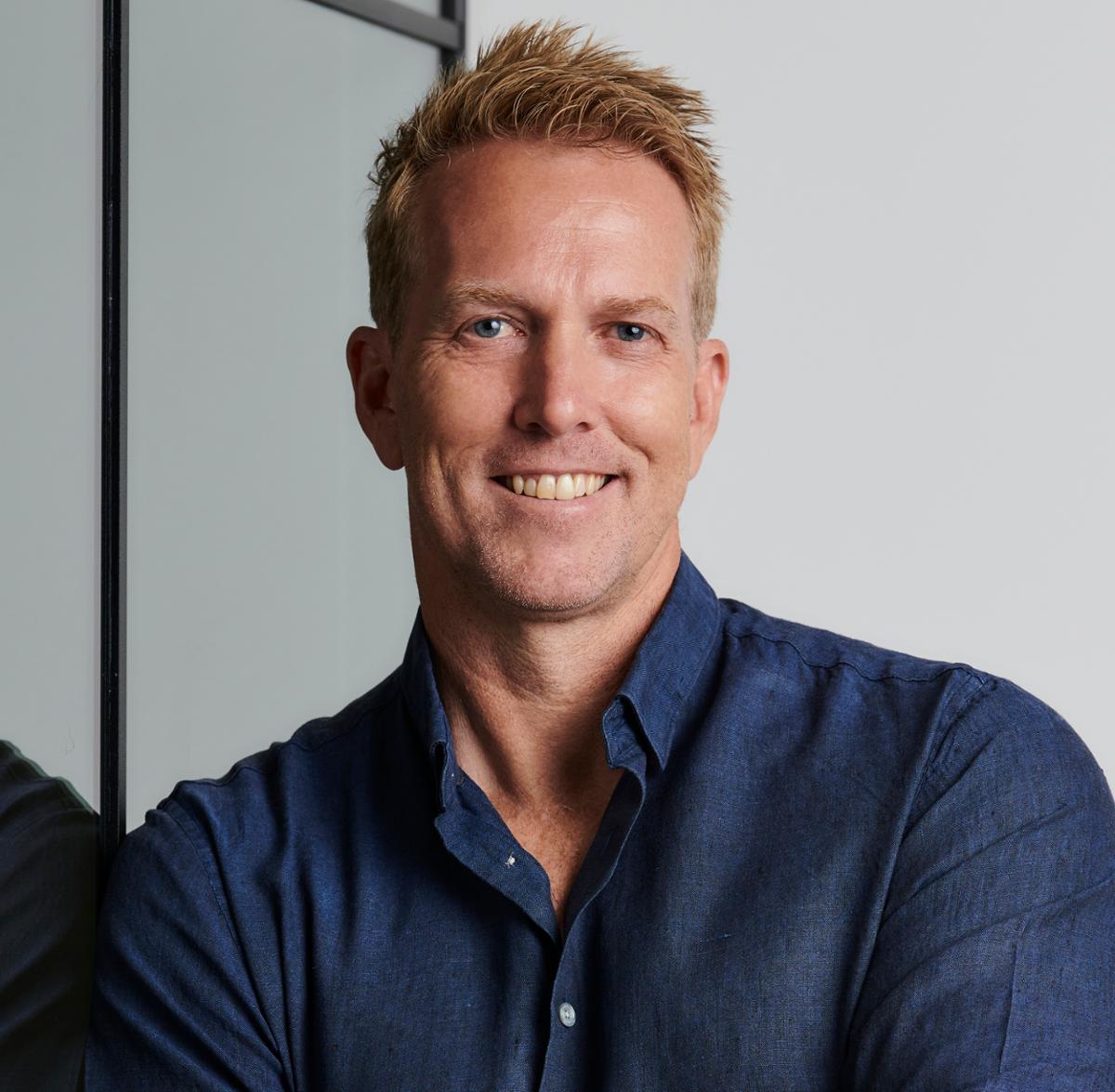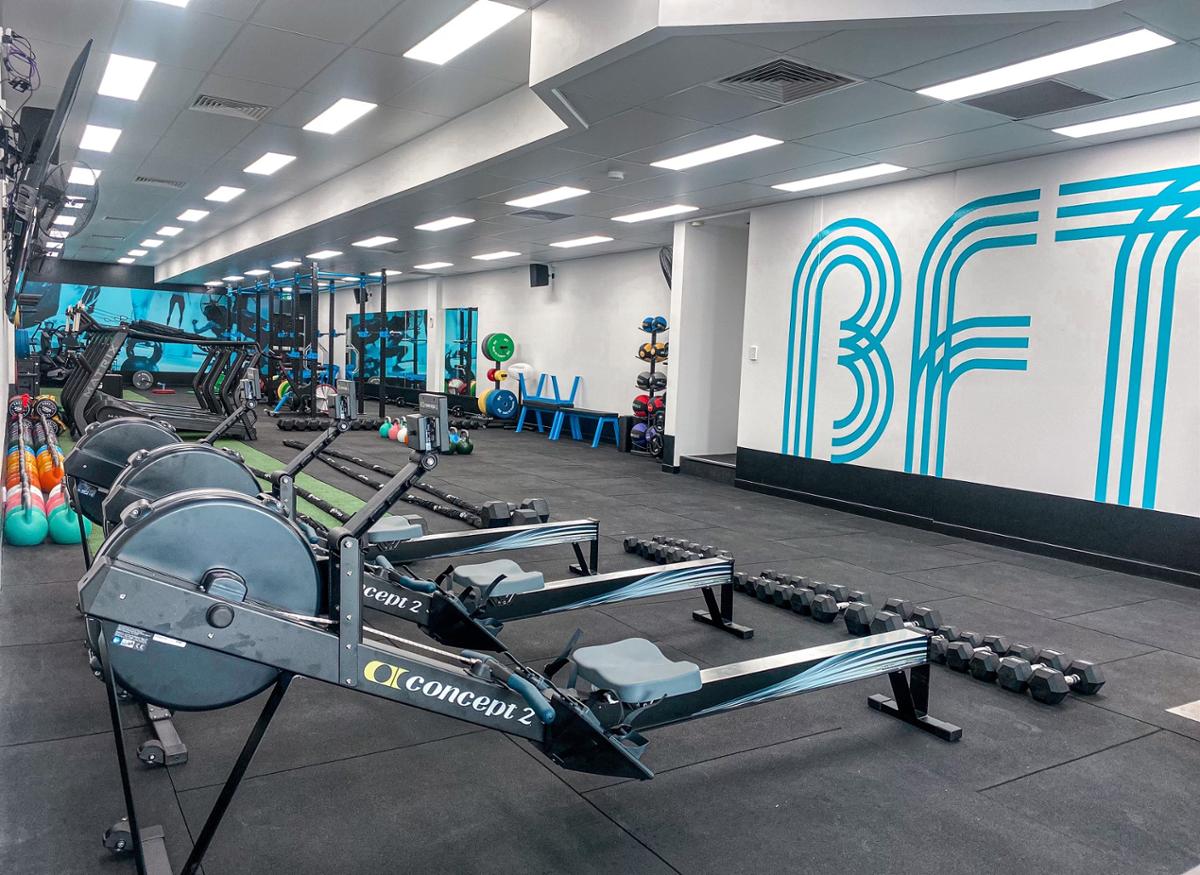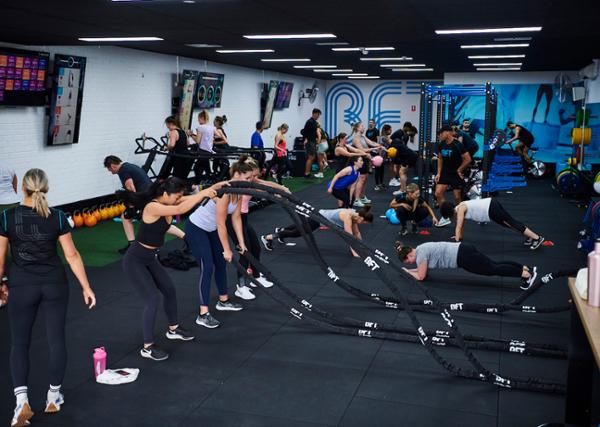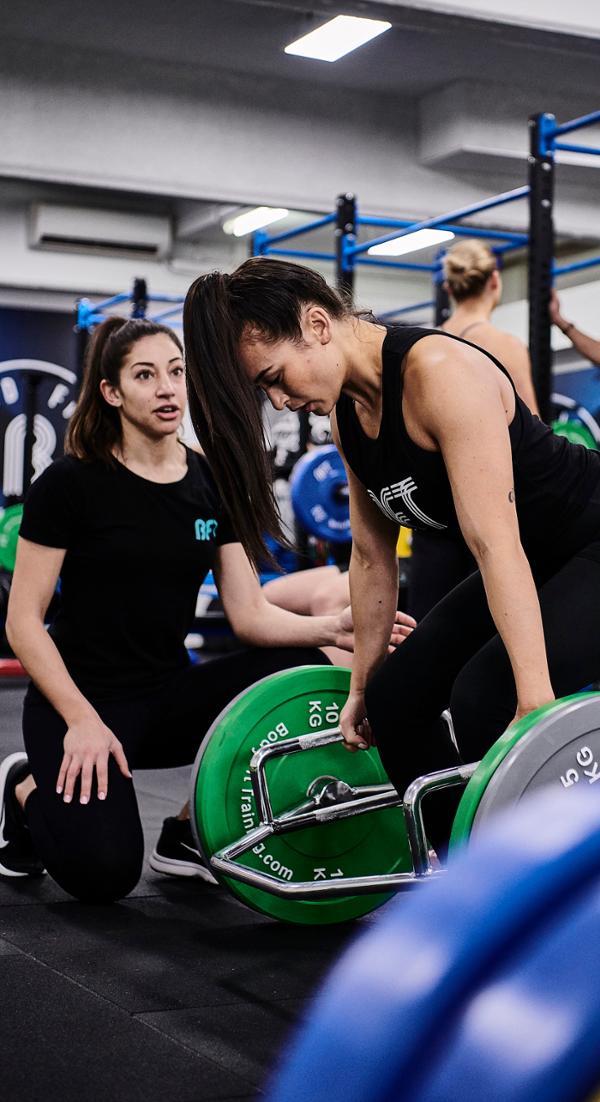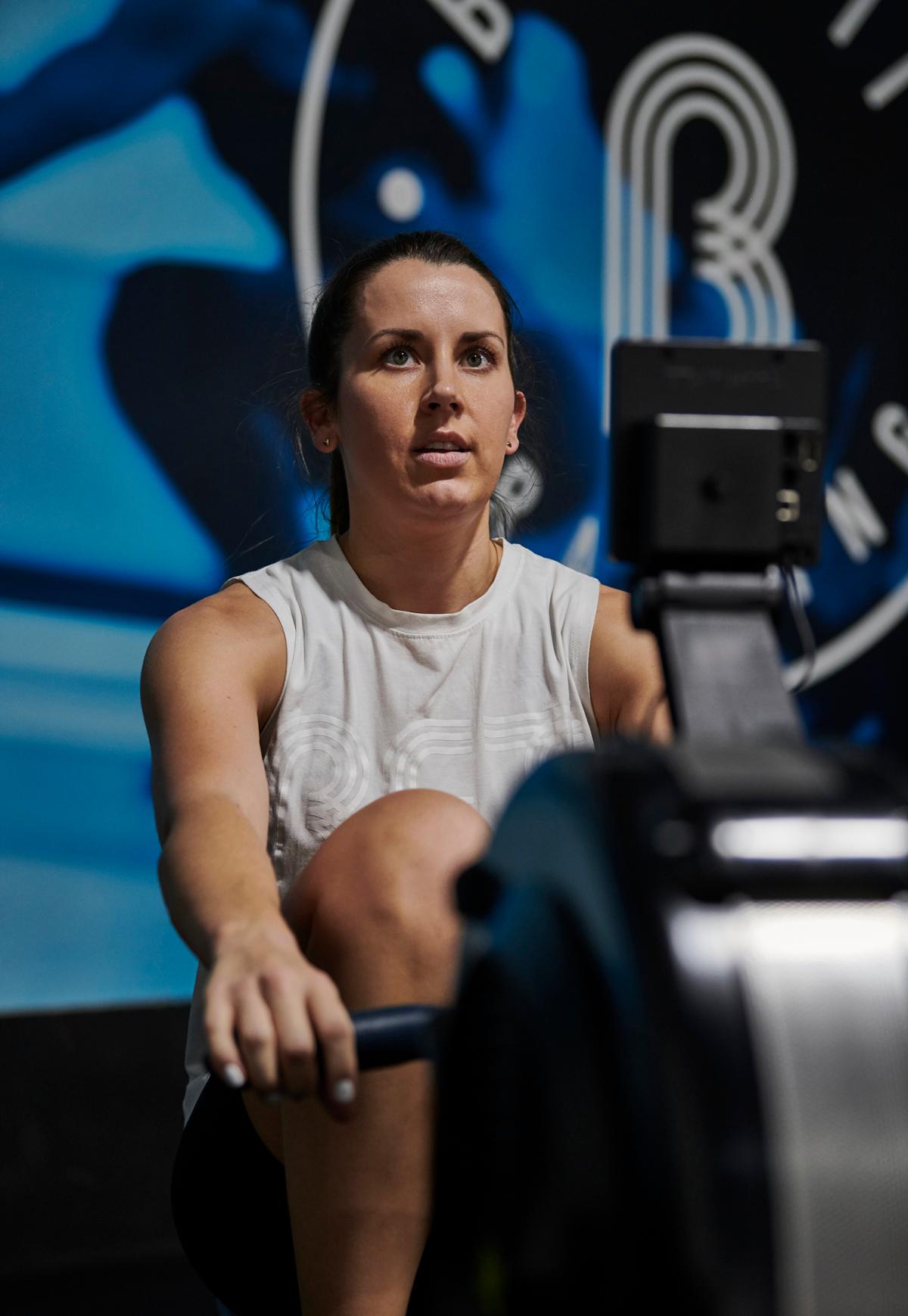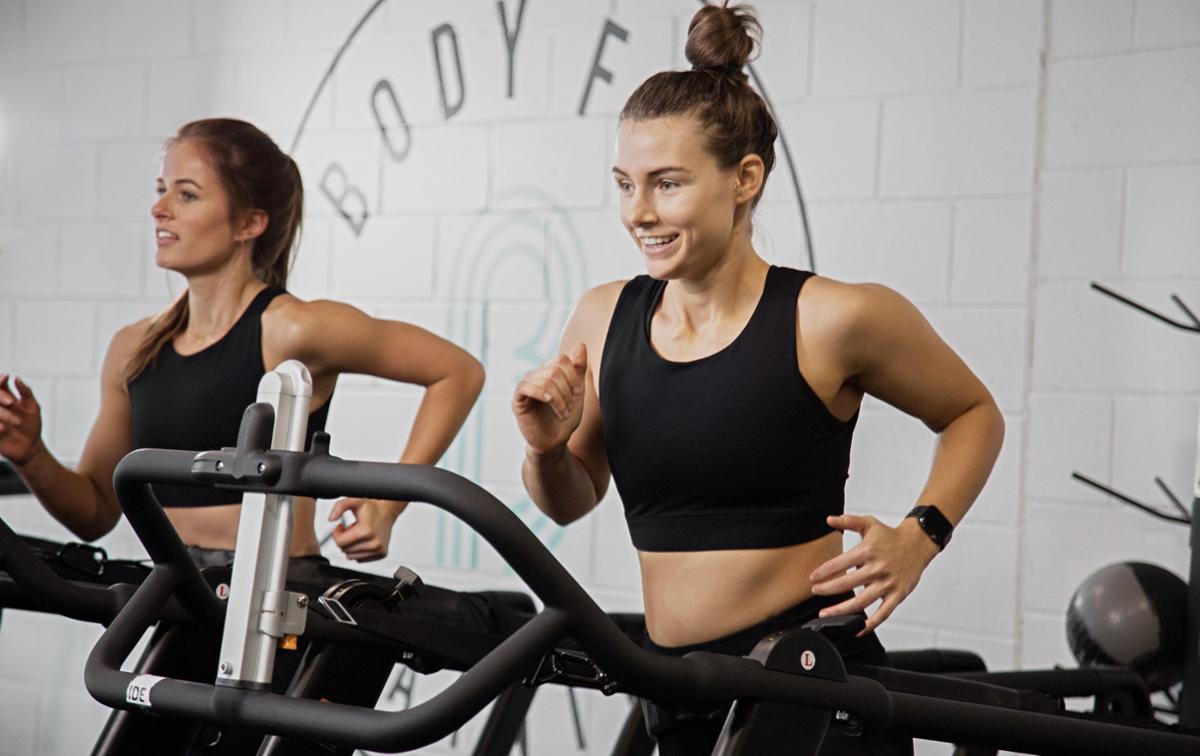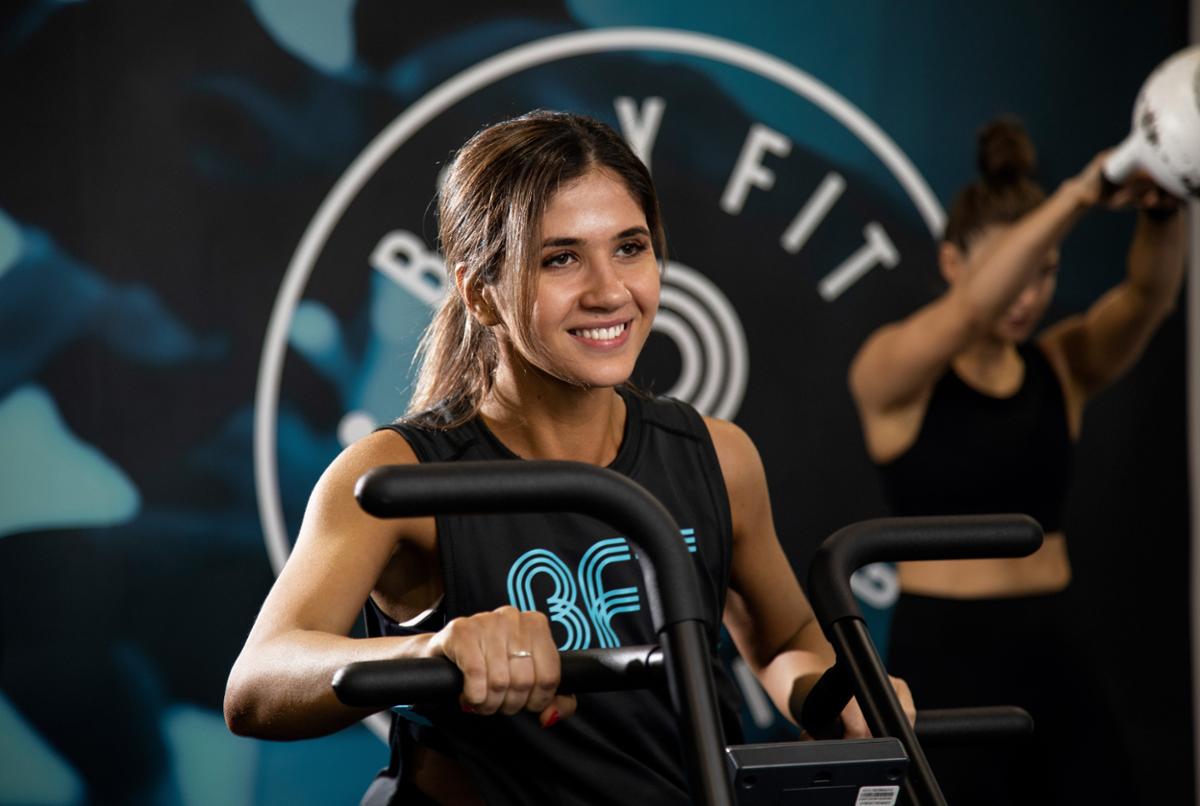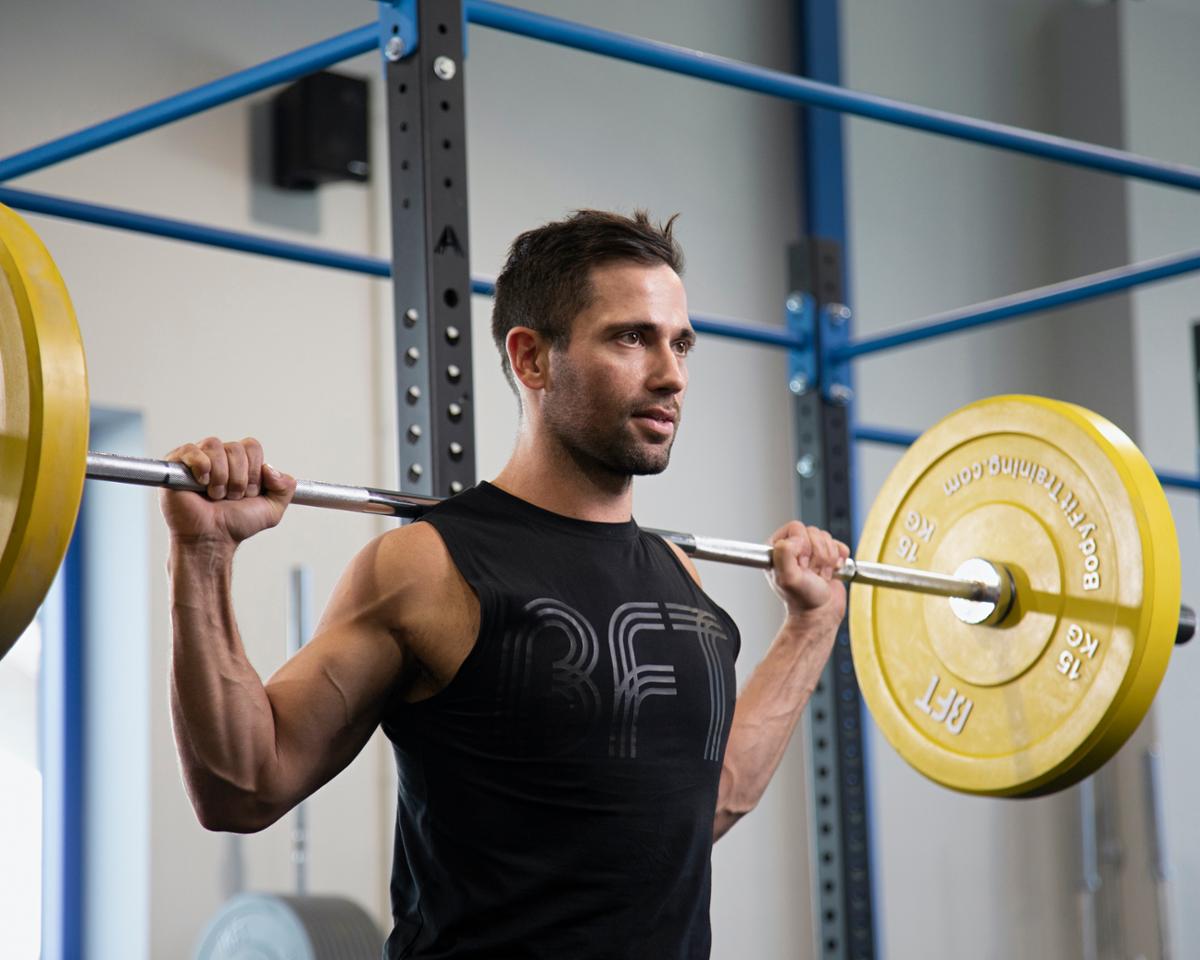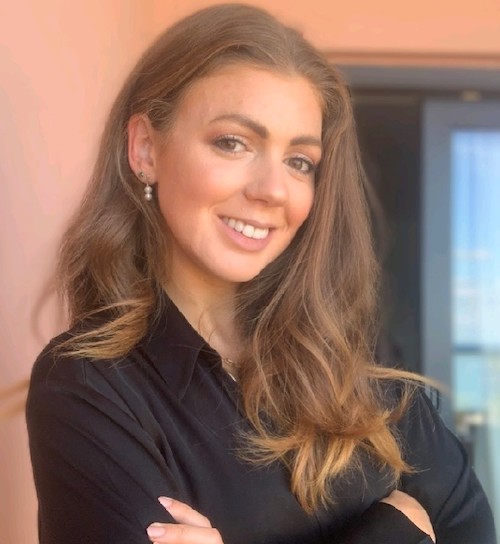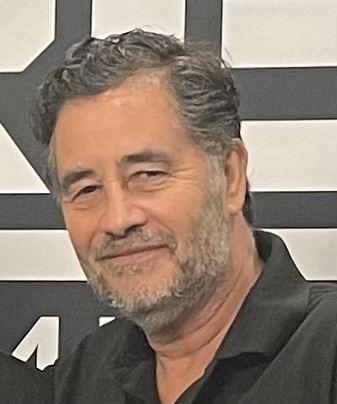Tell us about Body Fit Training
Founded in 2017, we’re Australia’s fastest-growing fitness franchise with 45,000+ members across 210+ studios. We’ve currently got a presence in Australia, New Zealand, USA and Singapore, and – as of this month – the UK.
Body Fit Training, (BFT) offers community-based, 50-minute functional, high-energy strength, cardio, and conditioning-based classes across 13 workout programmes.
Is there a methodology behind the programmes?
BFT’s group fitness offering is based on our proprietary methodology, which combines cardio with resistance programmes. Workouts are progressed over periods of eight- to 10-weeks to train different energy systems every session, and give members the opportunity to develop their skills in a way similar to the way elite athletes train.
We’ve incorporated scientifically-proven training techniques aimed at reducing body fat and creating lean muscle into a variety of progressive 50-minute functional strength, cardio, and conditioning-based classes with workout programmes for all fitness levels.
And it’s a coaching-led model?
Our members are overseen by accredited coaches, who are by their side to motivate, educate and push them to achieve their goals. Our aim is to give every member a personal experience relevant to their own body, their level of fitness, limitations and flexibility, in a community that’s supportive and fun and with great energy in the room.
High levels of visual content showcase our programmes along with members’ heart rates on multiple digital displays around the studio. This enables coaches to spend more time training clients and building a great sense of community.
Our high-performance group training methods work really well, as the average number of weekly visits is 4.7 per member.
In terms of customer lifetime, members stay with the studio for an average of 10 months – that’s four months more than the industry standard, according to IHRSA research.
How did you approach the development of the programmes?
Time, detail and diligence go into our programmes. We look at how the way people exercise on a Monday impacts Tuesday and how Tuesday impacts Wednesday and so on through the week and then how that impacts the following week, so it’s part of the eight week programme. This is part of what keeps people engaged and leads to our high visitation rates.
We also test and retest the programmes before we make them live to ensure they get the desired physiological responses.
All this work gets done in a studio in our office in Melbourne. We test our programmes with local franchisee businesses to get customer feedback, with our head office trainers coaching the members.
As I said, we’re a coaching-led and not a screen-led model. This is very important – people don’t just come in and do what’s on the screen.
We look at movement patterns over a period of months to ensure we avoid programmes that over-use any particular part of the musculature, to avoid injuries.
All content is fresh and bespoke and because the system I developed is based around how athletes train, this is what inderpins it – they all train very differently and specifically for their sport.
What’s the benefit of this athlete-centric approach?
It’s a great model to base training on because you’re touching every energy system and working both fast twitch and slow twitch muscle fibres and you’re also working in different planes of movement, so you’re not overloading the joint structures. We want people to develop deep skills in the way they move and exercise, but also vary their workouts.
There’s a theme for each training cycle that we vary throughout the year. Each programme has a very specific outcome, from anaerobic to aerobic and from heart rate-specific to strength-focused, which in turn is different from strength endurance, which is different again from power.
We manipulate all the exercise variables and the amounts of sets and repetitions and the tempo. All this continues to develop the skills and the physical qualities specific to that particular exercise session.
The progressive nature of the programmes is one of the things bringing people back regularly, as I said. We train our coaches to recognise all sorts of improvements and give feedback on them, so members recognise that they’re advancing in ways that are obvious, but also more subtle ways. The basic process is for members to earn the skills, understand the ‘Why?’ And then build up from there.
How are you using tech?
Drawing on science and technology, we’ve developed a bespoke heart rate monitor system called BFT3 (BFT cubed), which is designed to maximise the BFT experience and members’ results.
We believe it’s a world first in group training, with technology and gamification aligning with each of our BFT programmes to ensure members are getting maximal personalised results from each programme, regardless of whether it’s cardio or strength.
Most other heart rate systems only reward high heart rates, but BFT3 rewards all styles of training, teaching members to train the right way and follow the prescription of the programmes for optimal results.
What makes BFT special and different?
We focus on using all the body’s energy systems as part of a progressive training model – in conjunction with a prescribed heart rate that doesn’t involve going flat out for as long as possible.
BFT is also much more than just a workout, we offer members a community environment that builds lasting friendships and networks, while having fun.
Another key differentiator comes from our investment in people. There are three pillars to our business: our members, our franchisees and the team that makes up BFT HQ. It’s about making it a great experience for everyone. If we fail to look after our franchisees, the members don’t get the experience they deserve, so it’s important to us that we invest in the people. Supporting our franchisees means they’re happy and well equipped to run their business and – in turn – this leads to a great customer experience.
We find the most financially successful franchisees are the ones who follow the BFT system.
What’s the philosophy behind BFT?
It’s all about fairness. We operate with our franchisees in mind in everything we do, and have a true ‘working partnership’ between franchisees and franchisor that isn’t just rhetoric – it’s at the core of how we do business.
You’re launching into the UK. What’s the plan?
We launched our first UK franchise in Leicester on 24 September. This will be followed by another location in London, owned by an Australian couple who’ve secured three London territories. We’re also in discussion with many other prospects and are seeing a high demand to become a studio owner. Our plan is to replicate the same success in the UK that we’ve seen in Australia, New Zealand, USA and Singapore.
Why have you chosen the UK?
The UK fitness market is pumping, and with our strong and solid business foundations proven with over 200+ locations worldwide we feel ready to bring our world-class training programmes, practices, and education to every major town and city.
With more people aspiring to a healthier and more active lifestyle, we believe now’s the perfect time to share the essence of BFT, which makes professional training accessible to the everyday person. We’re aiming to open 150 sites over the next three years and to have a presence right across the UK.
Why should people franchise with you?
The brand is internationally recognised, with proven success in its science and technology-based functional and strength-based training. BFT was also recognised by Fit Summit as APAC Franchise of the Year in 2020 and 2021.
We have a proven, robust business model with low start-up costs and high yield-per-member that works on both high streets and industrial parks.
As evidenced globally, low set-up costs and high margins create the right formula for success. BFT is delivering a solution in the marketplace – a workout with more than just scattered programming and results and a business model that also creates welcoming, inclusive, motivating and safe spaces.
For a minimum investment of £130,000, franchisees are provided with our training system and 24/7 support, prior to and after opening.
From operations and logistics to HR, legal and finances, we have a very thorough on-boarding process, which is regularly monitored, even after completion. Further support is provided through our franchise performance management team and quarterly training for all franchisees to enable them to continue their learning and professional development.
Each studio is provided with gym equipment and our progressive programmes with bespoke technology that’s constantly being evolved and developed to ensure members stay engaged.
We also offer startup support by giving access to professional guidance on property leases, site finding and contracts, as well as legal and employment matters.
What are the economics?
The high margins per member (fees in the region of £180 - £230 a month), mean that a BFT studio needs far fewer members than a traditional gym in order to be profitable.
While each studio will be different – having its own specific overheads that will vary, such as rent etc – the standard payback for our current studios globally is 15-18 months.
What financing packages do you offer?
Leasing can be an option and this is done through a third party.
Do franchises have a resale value?
This is market-dependent and in line with years of operation and EBITDA.
How easy is it to pivot a business running under another franchise brand?
This will be dependent on the size of the facility, but it has been done and is a great way to get faster market entry and benefit from the support and systems that BFT offer.
Does your model deliver secondary spend?
There are multiple streams of additional revenue available to franchisees – a massive one being our Eight Week Challenges which happen three times a year. Members pay a one-off fee to participate, covering the value of Evolt body composition scans and eight weeks of recipes and meal plans. We also have partners across supplements, apparel, footwear to build in secondary spend opportunities for our franchisees.
You’re part of Xponential Fitness –how did that come about?
In October 2021, BFT sold the Intellectual Property used in the BFT System to Xponential Fitness, making it the 10th brand in the Xponential portfolio.
As part of the deal, BFT retained the rights to franchise the BFT brand globally outside North America.
What are the synergies between the two?
We wouldn’t have gone into partnership with a company we didn’t have 100 per cent confidence in. The discussions were extremely thorough and Xponential has a demonstrated history of seamlessly integrating brands, as it’s been growing by acquisition.
So we’re confident Xponential will successfully expand BFT into the US and Canada, which are massive markets that require resources on the ground.
What are your global ambitions?
BFT’s mission of spreading its results-driven progressive group training to the world – with a target of 1,000 studios globally – is on the way to becoming a reality. In addition to the UK, our goal is to also expand in the US market and to grow further in Asia, where we have 22 studios alone in Singapore.
There’s also interest in Ireland and Malaysia. New Zealand is almost completely sold out and in Australia, the New South Wales market is expanding rapidly.
We’re in discussions with potential partners in Germany, the Netherlands, France and Spain, so will be looking to open across Europe over the next few years, as we strive to reach our 1,000-location target.
Tell us about the court case with F45
The lawsuit began in late 2019, when F45 filed proceedings in the Australian Federal Court against BFT over an alleged patent infringement.
In response to this, we filed a cross-claim seeking orders that the patents were invalid and should be revoked on the basis that they don’t cover patentable subject matter.
We were successful in our cross claim and the patents were found to be invalid. In what represented a comprehensive win, the judge also held that even if the patents were valid, we hadn’t infringed them.
We’re thrilled the Federal Court ruled in favour of BFT. F45 has since appealed the decision to the full Federal Court. We’re confident this will not yield a different outcome and are hugely grateful to our franchisees, members, industry partners and Xponential Fitness for their unwavering support, belief and trust in our brand throughout this case.
Do you have any more comments to add?
One of the values we hold strongly is that we stay in our lane and stay focused on what we’re doing.
For us the goal is to be an industry leader, which means not getting distracted by outside noise, and to just keep growing and supporting our members and franchisees.
Might you or Xponential Fitness acquire F45?
We obviously can’t speak on behalf of Xponential and their plans, but our primary business focus is to keep growing our existing markets, to expand into new markets, to keep delivering industry-leading fitness programmes and to continue supporting all of our BFT franchisees to build successful businesses.
Are there any other planned acquisitions in the pipeline?
No, but we’re in several positive discussions with regards to joint ventures and partnerships.
Will you consider launching a second brand to leverage your infrastructure?
No, we have no current plans to launch a second brand. At this stage of the business, we have a singular focus on our main goals and ambitions for the Body Fit Training brand.
You’re the founder and you’re still at the helm. How long do you think this will continue?
The continual evolution of the Body Fit Training brand over the past five years has well and truly kept my drive and passion alive, and I really don’t see this changing anytime soon!
My role will be shifting over the next few months to focus on new market growth – predominantly international markets – as we’ve brought in a fresh set of eyes in the form of our new APAC CEO, Dave Aitchison.
Are there any other thoughts that you’d like to share with us?
We’re super excited to have our first UK studio open in Leicester, followed by our first London location and for local communities to experience BFT and see for themselves how we’re different and better.








